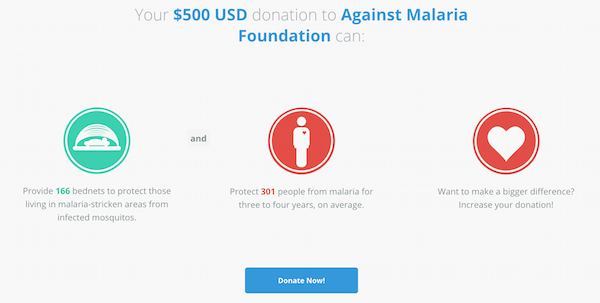Recommendations for donations, 2016 edition
It’s the giving season, and this year I’m trying to learn from previous years and give some advice before everyone else in the world finishes their yearly donations.  :)
To a large extent, the recommendations I made last year still hold.  And I still endorse most of my criteria from a few years back (but see other posts in my donations tag for further updates and caveats).  So mainly, I want to post those links as a resource for anyone giving now or soon.
The truth is, though, the recent US election has changed some of my own giving priorities.  I’m not going to stop giving to the research causes or the worldwide health efforts that I gave to previously, but I’m going to increase some of my domestic giving to causes that I think are now more at risk.  I’ll be posting more of my thoughts and decisions as I do more research into new organizations — and I’d love your input along the way.
I’ve previously supported civil liberties (primarily ACLU), reproductive rights, criminal justice reform, and investigative journalism (primarily ProPublica) [edit: also LGBT rights] — I plan to increase my donations to such causes, but will revisit and update the specific recommendations.  Additionally, I want to evaluate more organizations supporting racial justice, immigrant rights, human rights, and more, before making any decisions or endorsements.
So far my candidates for evaluation include:
» Continue reading “Recommendations for donations, 2016 edition”

